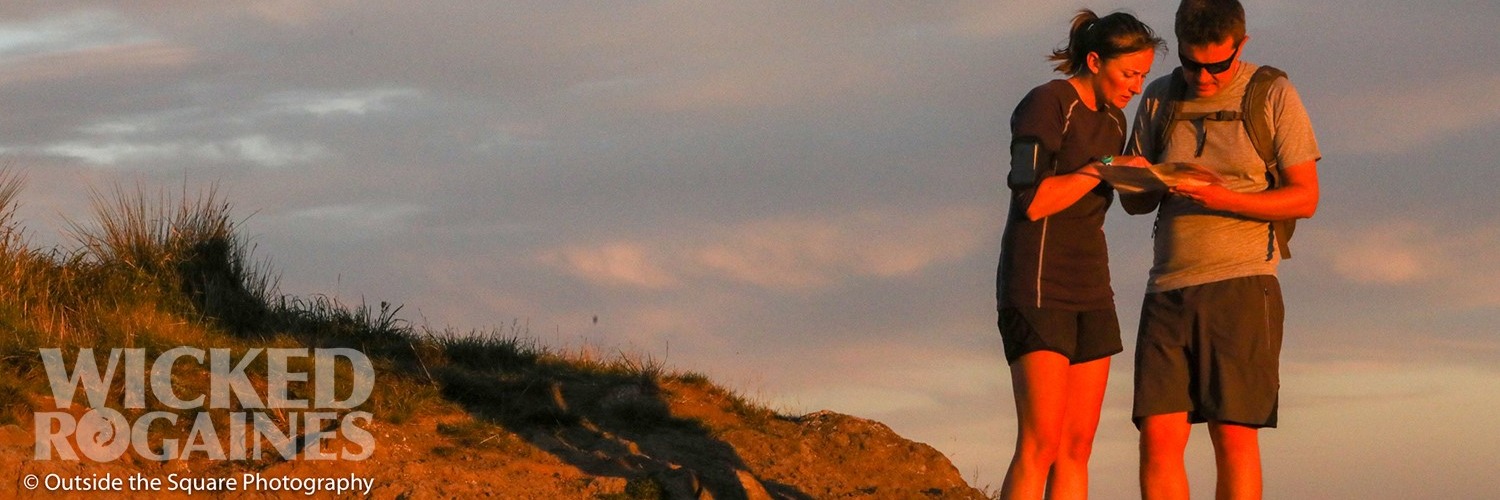Private rural land, recreational access, and managing risk - lessons from recreational rogaining
An opinion piece based on experiences with over 240 rural landowners over 20 years
By Grant Hunter
Grant Hunter offers fresh perspectives around accessing private rural land, based on 20 years of experience organising rogaine events, courtesy of scores of willing landowners. The Walking Access Commission invited Grant Hunter to share this article on our website. It does not necessarily represent the views of the commission.
The general narrative around recreational access on private land singles out increasing tension and reducing opportunity. It’s not all like that.
Most cases profiling relationships between landowners and the recreational public, both negative and positive, are anecdotal and individual in nature. There’s not much evidence-based information to inform us of the overall situation.
Since the first Heights of Winter rogaine* in North Canterbury in 1998, I’ve approached over 240 private landowners across Canterbury for recreational access for rogaining, usually for the NZ Rogaining Association. Our “yes” rate for access has been 94%. Interestingly, there has sometimes been sharp conflict around other (non-recreational) relationships between landowners and public conservation interests in the same rural communities and overlapping time frames.
Because of our need for landscape space, we usually depend on access across many adjoining properties, not just rely on one or two isolated “yes’s”.
Landowner support for our events has enabled well over 5000 people to enjoy a day walking and running over attractive farmed landscapes that lie beyond their usual recreational beats. Other rogaine organisers throughout the South Island have had generally similar experiences too.
I’ve almost always cold-called on traditional family hill country farms in localities which are not often used for recreation. These farmers never sought references or guarantees from organisers, nor other formal agreements beyond verbal or email exchanges, though corporate forestry companies take a more structured approach to access. Interestingly, these landowner’s attitudes have hardly changed over nearly 20 years. So what concerns them, and how do I see this informing the wider recreational access situation? I tend to mentally process these concerns as components of the multi-risk-management framework that farms and forests necessarily operate within.
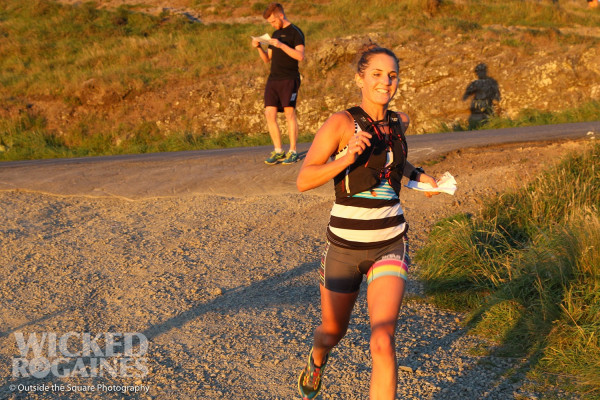
Biosecurity
On my evidence to 2004, I rated biosecurity risk as our number one barrier, and tipped it to rise (NZ Geographer 2004. Fortunately, that’s not happened so far. To my surprise, it’s actually diminished as some specific biosecurity issues have been resolved by improved farm management technologies. But given the upswing in biosecurity alerts across New Zealand, I’d not be relaxing on this (Hunter 2018). While biosecurity risk attached to recreation in any one land setting is low, and largely unfathomable, worst-case consequences could be dire. Examples such as cattle disease Mycoplasma bovis, admittedly tied to stock movements rather than recreation, and of kauri dieback disease, with clear links to recreation, currently headline the enormity of biosecurity risks, as well as the diversity of invasion pathways. There are abundant other water- and land-based examples. Moving dirty and contaminated clothing and recreational gear within and between properties, reserves and regions, in ways that don’t register with biosecurity savvy or tracking systems, must be a growing risk area. Current exclusion from public kauri lands shows little room for complacency in recreational circles.
Safety
There’s always at least a low-level concern about on-farm safety. It ebbs and flows over time, some suggest in synchrony with legislative changes, though I’ve not picked up such patterns.
Edginess around the Safety and Work Act 2015 isn’t new. It’s a re-run of its predecessor Health and Safety at Work Act 1992 which (at first) required farmers, to “take all practical steps, ...people are not harmed.” Uncertainty was clarified in a 1998 amendment, to the effect, that landowners had a duty to warn recreational visitors only of work-related, out-of-the-ordinary hazards...”, i.e. as for the current 2015 Act.
Within rogaining, I’ve found ‘health and safety’ to be more bark than bite. I’ve not come across landowners using safety as an excuse to say “no” to access, though I’ve no doubt it happens, it’s human nature. I’ve found where farmers who are uncertain of legal ramifications around recreational access, a moderately well-informed but non-expert interpretation and conversation usually adequately allays concerns.
Safety, like biosecurity, is a two-way street, the shared aims being risk awareness and minimising collective exposure to them. Recreational leaders, as well as landowners, are best to be clear on their responsibilities and moral obligations, and sharing understanding from both perspectives.
The ‘Walking Access New Zealand’ FAQ sheet 12, (Walking Access Commission, July 2016), sets out landowners' legal responsibilities towards visitors. It is silent on the responsibilities and duties of visitors, as none of the latter is legally binding. It’s unfortunate if recreational groups rely solely on this document, which is not the full story.
Most parties will agree that safety outdoors is not really about legalities, it’s mostly about a mix of awareness and a moral duty-of-care, best dressed in common sense. Irrespective of legal responsibilities, as Johnny-on-the-spot and the local expert, most landowners feel an enormous sense of duty. Most recreationalists are, and ought to be, thankful for that. A working partnership relies on a two-way duty-of-care alongside legal aspects.
While farmers must inform recreational visitors of out-of-the-ordinary hazards, it’s unlikely to be front-of-mind for them and can get missed, which could be unhelpful to both parties. Thus, I see it within my duty-of-care to prompt landowners so that we are mutually informed. An early question, “Any particular safety concerns?” often turns the conversation around, from guardedness to openness.
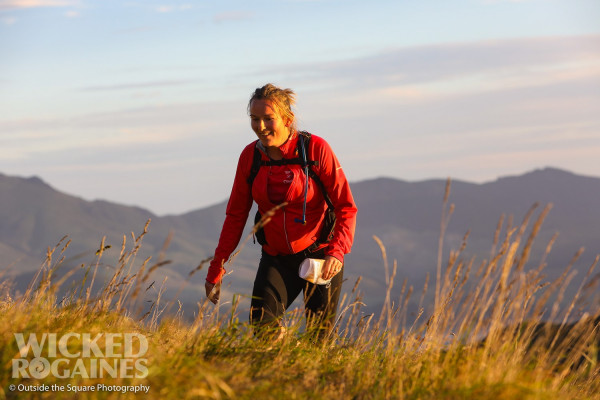
Disturbance to farming/forestry.
Surprisingly few farmers have raised damage, stock disturbance, gates left open, etc. as a concern. Perhaps they assume because we’re a responsible group and well-versed in these basics, nothing can go wrong, yet having hundreds of rogainers crossing tens or hundreds of square km is not devoid of risks for landowners. To my knowledge, only one landowner on one occasion reported being disappointed with some aspect of our behaviour.
Perceived disturbance arising from farming practices (‘resource management’ aspects).
Having rogainers roaming widely over private property is intrusive. Once, a farmer feared that we may have participants taking a critical interest in aspects of land use or farm management in environmental or natural values terms, and take this to authorities or the media. (This coincided with landowner concerns in Hurunui District around what many saw as an unacceptable institutional imposition on property rights, to do with ‘significant natural areas’, not recreation per se.) Landowners might see such behaviours as a breach of trust, and of their rights to quiet enjoyment.
More recently, media attention on stock in waterways and vegetation disturbance re-ignited such concern. Though one farmer representative suggested such behaviour could lead to increased barriers for access, I’ve not experienced this in practice so far.
Things can lean the other way. In the winter of 2015, on the back of North Canterbury’s extreme drought which greatly stressed farmers, their stock, land and vegetation – and arguably could have exposed them to assertions of neglect – there was no suggestion of them constraining access. One host farmer wrote afterwards:
Just a quick note from both of us to thank you for your excellent communication regarding the rogaine. We really appreciated your sensitivity to the drought and the time you took in making sure we were informed. We are pleased it was a successful event for you. N. Canterbury landowner, 2015
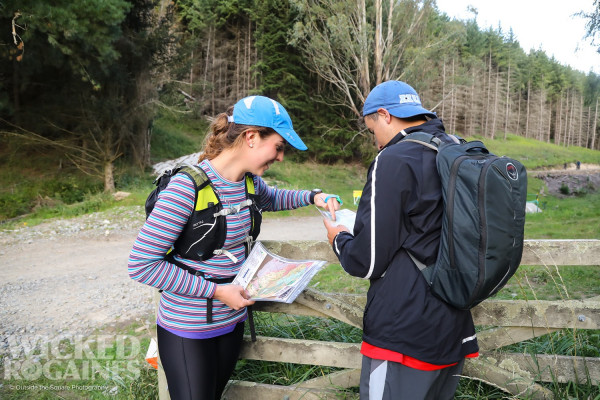
Building relationships beyond just ‘yes’
Many landowners volunteer how they enjoy sharing their landscapes with visitors, and many reflect afterwards they enjoyed the novelty of a rogaine in particular. With a single exception, each ‘no’ response, or conditions placed on access I’ve received has seemed, to me, a fair call in its particular context.
We’ve moved beyond a simple ‘yes’ relationship. Against the publicized ‘urban-rural divide’, our rural and urban/recreational groups are, if anything, drawing closer together. We have a strong cluster of host farmers who’ve become regular participants. Farming individuals or groups are increasingly approaching us to host events on their land, often with a community fundraising aim as well as a shared interest in having the locals participate in recreation. Younger-generation farming families seem increasingly open and active in outdoor recreation ...with rural women firmly leading the way.
The nature of rogaining makes it both harder and easier to secure access, compared to traditional recreation. On the higher-risk side, we seek intrusive access to whole farms, rather than a linear corridor typical of traditional recreation, and hundreds participate, rather than five or ten. On the safer side, we have built a sound reputation, and we know who our participants are, and we brief them. Our events are time-bound to a particular date, rather than an ongoing drip-feed presence. Ensuring our participants understand rogaining access is confined to event day is part our duty-of-care. Only landowners can judge the extent to which the risks of wide-ranging access for 400 people for a day (as in a rogaine) differ from that of regular but more spatially confined access (as in say a walkway), and decide how this flows into their decisions. Same applies to informal access (as in a rogaine) versus institutionalised/formal access.
We’ll not take access for granted. We seek to benefit the local community – but not individual landowners. In year two of Heights of Winter we engaged a rural school community to cater for an after-event meal, and we’ve built on this model since. A local group gets a risk-free fundraising opportunity, with funds largely sourced beyond their own community. While landowners appreciate this, only one individual has made fundraising a condition of access. We back the arrangement as a fair and mutually beneficial thing to do, not a softener for securing access.
Paying for access?
Just twice, I’ve been pressed to pay for access, each time declining to engage. Alongside political risks, other concerns around payment include equity dealing with adjoining properties, and adverse safety responsibility implications to landowners hosting ‘paying visitors’.
Some practical messages I’ve learned around securing recreational access
- Pastoral farming is a complex risk-management enterprise. Beyond obvious stock and production risks, weather and climate, markets and economics, ...workplace safety, biosecurity, and environment and even rights to privacy are fraught with risks and uncertainty. Managing visitors is part of the mix.
- Traditional landowners are mostly fundamentally positive towards recreational access. They may, however, set conditions to manage associated risks as they perceive, understand and experience them.
- Irrespective of legal criteria, most have a strong sense of care towards visitors on their property. In practice, they are ‘first responders’ where help is needed.
- While rural landowners have needs and expectations in common, they are – like the rest of us – individuals. Some, for e.g., dismiss visitor risks, others seem overly risk-averse, and a few may use risks as a reason to close the gate.
- Generally, landowners can be talked through safety concerns, even those who are apprehensive and unclear about how they are placed.
- Recreational leaders can influence how landowners evaluate and manage access risks. Thinking more widely, like a landowner, beyond just the recreational perspective is a good start. Understand their needs and operating frameworks, and how they manage risks.
- Making benefits from our visit two-way pays dividends. (Arguably, rogaining has over-achieved here, to the extent we are being sought by rural groups for partnerships.) While our model as a ‘big group’ activity won’t work universally, there will be other approaches that will be appreciated and can benefit all. Avoid the ‘pay for access’ trap though.
- Most obviously, always seek permission, listen, understand, and judiciously keep landowners informed.
- Build a great reputation. Good or bad, it’s bound to fan out ahead of you.
The access dynamic is driven by a two-way ‘duty of care’, with legislated aspects such as health and safety holding in my experience just a minor role. In my view, landowners collectively demonstrate a fair duty of care when most grant access most of the time. I’ve rarely met a landowner attitude that was fundamentally negative towards access. However, approvals may be conditioned by how they judge and manage their risks, their past experiences and perceptions of recreation, with an extra overlay of individual ‘style’. As a recreational organiser, I have rarely felt disadvantaged in the traditional hill country farming context where I have most often operated.
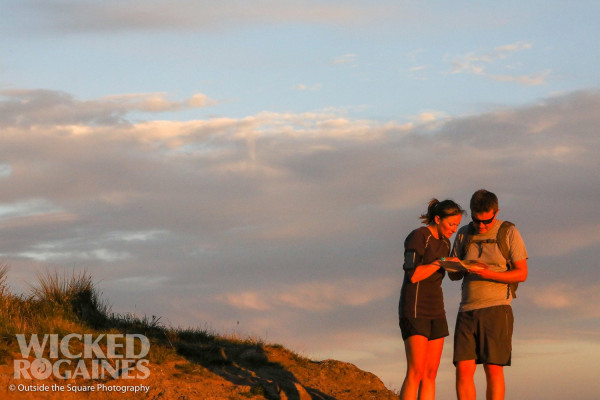
The wider access picture
My positive recreational/landowner experience seem to conflict with the general, more negative prevailing public narrative attached to such things as restricted access to ‘backcountry’ arising from pastoral lease tenure review, pressure from burgeoning tourist numbers, and widely-cited and often anecdote-rich specific cases. To an extent, it’s inevitable that problem areas attract the attention, yet we owe each other the time to project the bigger picture.
I’ve found baseline landowner attitudes towards access no less positive now than two decades ago. Since my experience lies with landowners who have experienced little stress from access pressure, I’m inclined to infer that any recent degradation of attitudes may arise from landowners responding to what they see as increasing risks and pressures to business management and their rights to quiet enjoyment, i.e., from external (e.g., recreational/tourism expectations and behaviours) rather than internal factors. Or, maybe these conflicts are arising within a different landowner category or context, such as corporate or overseas landowners, hill country versus ‘iconic’ high country, etc, where different dynamics might apply.
Alongside this, I suspect that although the old credo “access is a privilege, not a right” is still widely cited – and as true as ever on private land – arguably, it’s becoming less widely practised by the general public, and becoming subsumed through social change into an increasing mindset of entitlement, perhaps more with some individuals than with groups/clubs. I’m hoping that as society seeks ongoing change, it’s on a broadly-based and informed foundation.
References
- Hunter G 2004: Recreational access to privately owned rural land: A case study in Canterbury hill country, New Zealand. Geographer 60 (2).
- Hunter G 2018: Backcountry biosecurity (Pests never sleep). Backcountry, Federated Mountain Clubs, June 2018.
* A rogaine has small teams using a topographical map to navigate, on foot, around check points marked on the map and in the landscape. Teams have a fixed time to navigate around as many check points as possible, each worth a set number of points. Teams range from highly competitive to family groups or friends out for a day hike with a navigational challenge. Rogaining requires broad-scale access to land, not just linear features such as tracks (www.rogaine.org.nz).
The author
While concentrating his recreational leadership on organising rogaines, Grant has become particularly interested in land access dynamics and nuances around event safety at the volunteer/commercial interface. He is a life member of the NZ Rogaining Association. He has published books and articles on wider aspects of back country recreation. Grant’s career background has been in land resources and sustainable land management research / consulting. He is active in the local Farm Forestry Association and dabbles with establishing trees on an environmentally challenging site in Nth. Canterbury.
---
Photo credits: Wicked Rogaines

